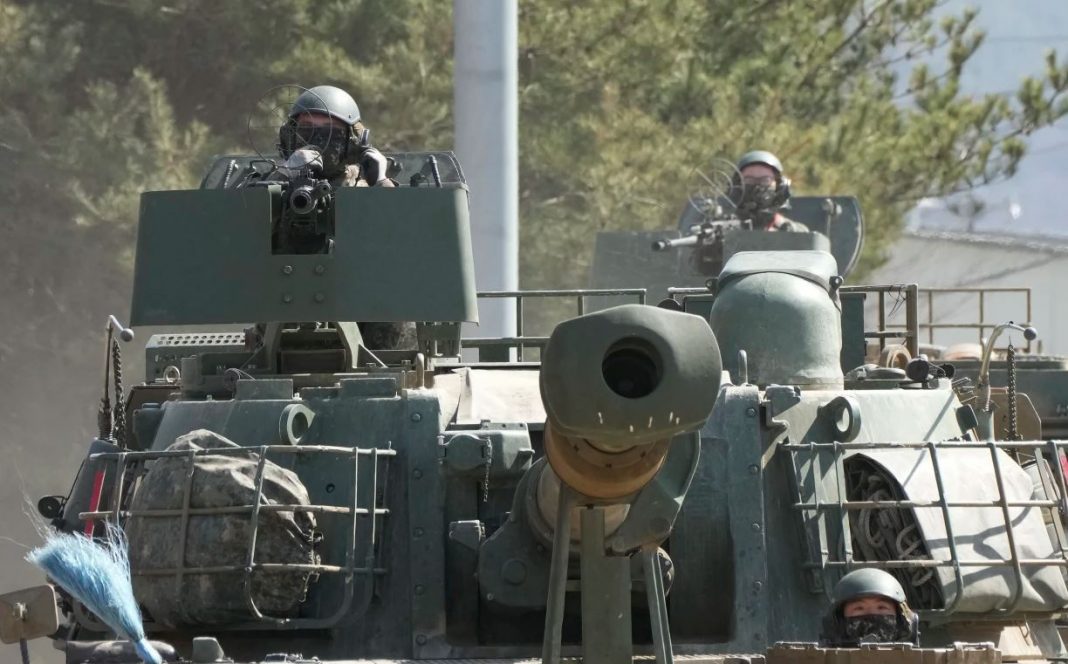In response to North Korea’s recent submarine-launched missile test, the United States and South Korea have begun joint military drills. The exercises, which are set to run for two weeks, involve thousands of troops from both countries and will include simulations of various military scenarios.
North Korea’s missile test, which occurred on March 11th, marked the country’s first such test in almost three years. The missile was fired from a submerged platform and traveled around 800 kilometers before landing in the Sea of Japan. The launch was condemned by the international community, with many countries expressing concern over North Korea’s continued development of its nuclear and missile programs.
In response to the missile test, the US and South Korea announced that they would begin their joint military exercises, which had been postponed last year due to the COVID-19 pandemic. The drills, which are known as Foal Eagle and Key Resolve, involve various branches of the military, including ground forces, naval forces, and air forces.
The exercises are designed to improve the readiness and interoperability of the US and South Korean militaries and to demonstrate their commitment to maintaining stability on the Korean peninsula. They also serve as a deterrent to North Korea, which has long viewed joint military exercises between the US and South Korea as a provocation.
North Korea has previously criticized the exercises, calling them a rehearsal for invasion. In response to the latest drills, North Korea’s state-run media accused the US and South Korea of “blatantly violating” their agreements and warned that they could lead to a “security crisis.”
The US and South Korea have downplayed the significance of the drills, with US Defense Secretary Lloyd Austin stating that they are “not meant to be provocative.” However, the timing of the exercises, coming just days after North Korea’s missile test, is likely to raise tensions in the region.
The US and South Korea have also emphasized that the exercises will be scaled down compared to previous years, in order to reduce the risk of COVID-19 transmission. The drills will not involve large-scale deployments of troops or the use of live ammunition.
Despite these precautions, North Korea has previously used joint military exercises as a pretext for escalating tensions. In 2017, the country conducted a series of missile tests during the annual Foal Eagle drills, leading to heightened tensions between North Korea and the US.
The US and South Korea have also been involved in diplomatic efforts to address North Korea’s nuclear and missile programs. The Biden administration has expressed its willingness to engage in dialogue with North Korea, but has also stated that it will maintain its sanctions on the country until it takes steps towards denuclearization.
The joint military exercises come at a time of increased uncertainty on the Korean peninsula, with North Korea facing economic challenges and political instability. The country’s leader, Kim Jong Un, has not made a public appearance since January and rumors have circulated about his health and the stability of his regime.
The US and South Korea will be closely monitoring North Korea’s response to the exercises, as well as any further developments in the country’s nuclear and missile programs. The joint military drills are a reminder of the ongoing tensions on the Korean peninsula and the challenges facing efforts to achieve lasting peace and stability in the region.

